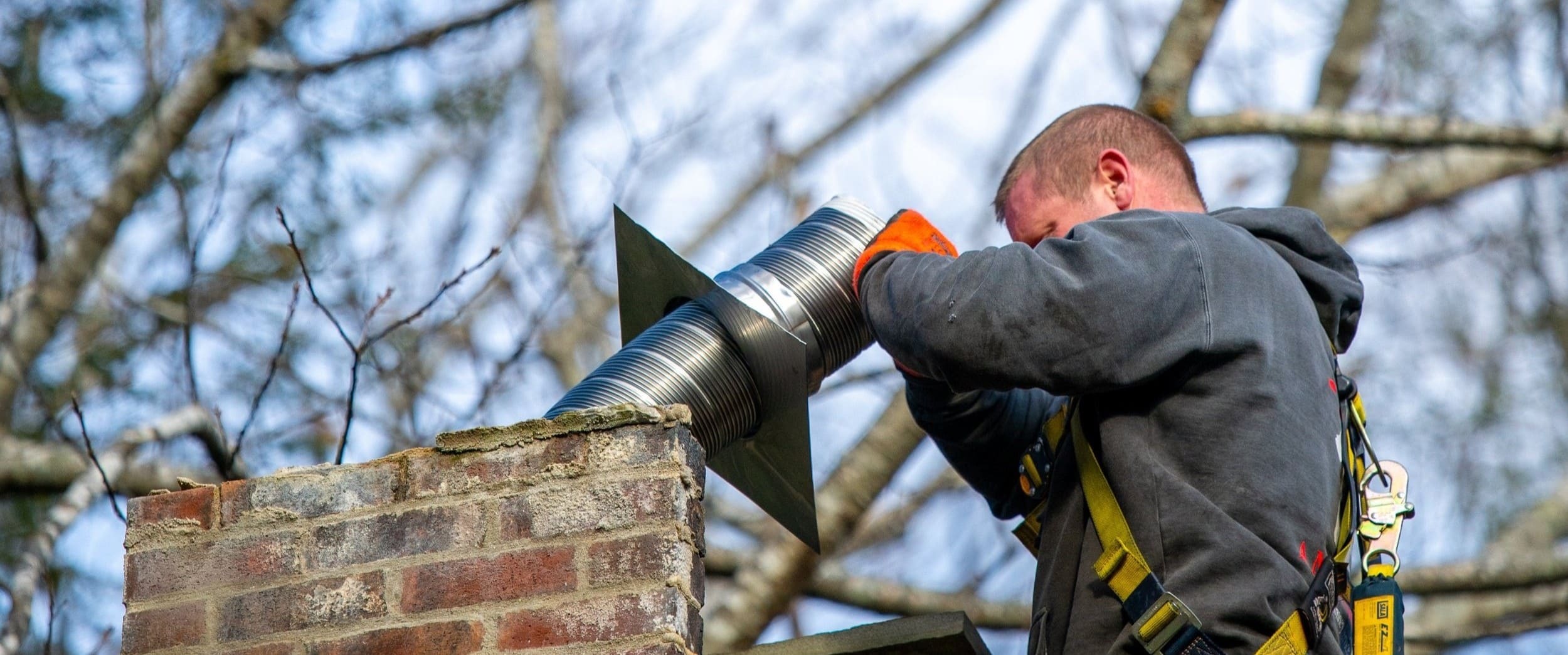Did you know that by installing a stainless-steel liner inside your chimney, you are providing a “forever fix” with a lifetime warranty?
The Importance of Furnace Liners
Furnaces, boilers and hot water tanks exhaust large quantities of water vapor during the normal combustion process of natural gas. Oil and gas furnaces produce by-products which can literally eat away the flue lining. Any type of furnace liner that is breached can cause a fire, since heat can reach combustible parts of the home. Clay liner that have gaps or cracks, allow this moisture into the interior structure which eventually deteriorates the masonry structure from the inside out. Additionally, gases vented from gas burning appliances can escape the lining and migrate into the home.
For decades, federal and professional safety organizations have recommended installing a liner in your chimney as a protective measure. Chimney liners provide an additional layer of fireside protection and reduce corrosion on the chimney walls. As an additional benefit, chimney liners improve the efficiency of appliances to scale back utility costs.
Blockage in a furnace flue is extremely hazardous because it can cause carbon monoxide fumes to enter your home.
One of the most common problems that can occur with chimneys is blockage, regardless of what type of furnace fuel is used.
A furnace flue inspection should be scheduled
- At least once per year
- Before moving into a new home
- Before / After the installation of a new furnace
A chimney liner insulates the chimney and puts a stop to flue gases from entering your home. In addition, a chimney liner:
- Increases structural stability of the chimney
- Eases maintenance
- Improves fuel efficiency
- Increases fireplace safety

